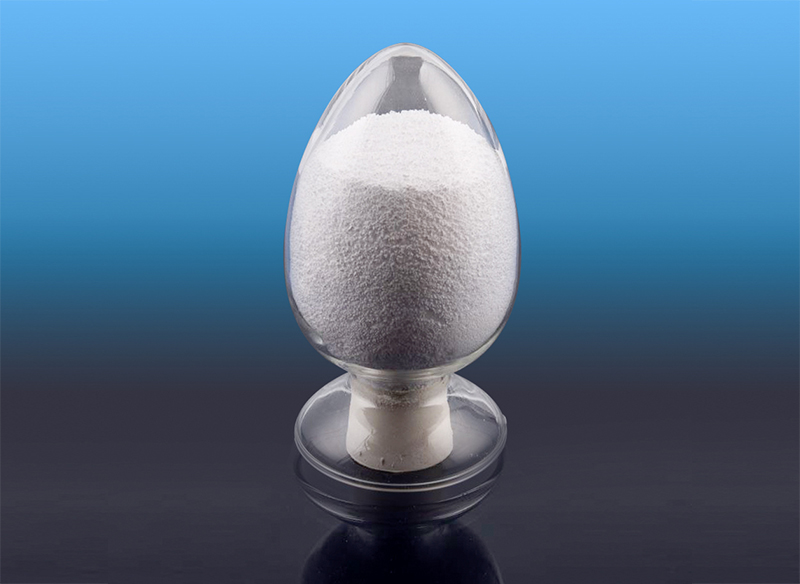What role does hydrogenated isoprene polymer play in the production of high-performance elastomers?
Hydrogenated isoprene polymer plays a significant role in the production of high-performance elastomers, particularly in industries like automotive, footwear, and industrial applications. Here's how it contributes to the creation of these advanced materials:
1. Improved Durability and Wear Resistance
Oxidation Resistance: The hydrogenation process improves the resistance of isoprene polymer to oxidation. By adding hydrogen to the polymer chain, the material becomes less susceptible to degradation from environmental factors like UV radiation and oxygen. This makes hydrogenated isoprene elastomers more durable, which is essential for applications where long-lasting performance is required, such as in tires, seals, and footwear.
Enhanced Aging Resistance: Hydrogenation helps prevent the breakdown of the polymer over time, maintaining its mechanical properties, such as elasticity and strength, even under prolonged exposure to heat and UV light. This is particularly valuable in applications where materials are exposed to extreme temperatures or environmental stress.
2. Better Thermal Stability
Hydrogenated isoprene elastomers have better heat resistance than their non-hydrogenated counterparts. The hydrogenation process reduces the polymer’s susceptibility to thermal degradation, allowing the material to maintain its performance in high-temperature environments. This makes hydrogenated isoprene elastomers ideal for automotive parts, seals, gaskets, and tires, where high-temperature resistance is crucial.
3. Superior Elasticity and Flexibility
Hydrogenated isoprene polymer retains its excellent elasticity and flexibility after hydrogenation, which is key for producing high-performance elastomers. These properties make it suitable for applications requiring materials that can stretch and return to their original shape without permanent deformation. The polymer’s flexibility is a key factor in industries such as automotive (e.g., tires, shock absorbers) and consumer goods (e.g., footwear soles, rubber bands).
Low-Temperature Performance: Hydrogenation improves the polymer's low-temperature flexibility. The resulting elastomers perform well at low temperatures, maintaining their elasticity and not becoming brittle, which is important for outdoor and automotive applications in colder climates.
4. Improved Processability
The hydrogenation of isoprene polymer enhances its processability by reducing its tendency to form undesirable gel-like structures or cross-links during manufacturing. This makes the material easier to handle and shape into complex forms without compromising the quality of the finished product. High-performance elastomers often require precise processing, and hydrogenated isoprene polymers allow for smoother production processes.
Hydrogenated isoprene elastomers are easier to compound and blend with other materials, enhancing their versatility in various applications, including in the manufacture of seals, gaskets, and custom rubber products.

5. Chemical Resistance
Hydrogenated isoprene polymers are more chemically resistant than unhydrogenated forms, making them ideal for applications that come into contact with oils, solvents, fuels, and other harsh chemicals. This resistance makes them suitable for seals and gaskets used in automotive engines, fuel systems, and other industrial settings, where chemical exposure is common.
6. Low Rolling Resistance in Tires
In tire manufacturing, hydrogenated isoprene polymers are used to reduce rolling resistance. By optimizing the polymer's balance of elasticity and hardness, hydrogenated isoprene elastomers help tires perform better in terms of fuel efficiency, comfort, and wear resistance. The reduced rolling resistance helps lower fuel consumption in vehicles, which is a key benefit for the automotive industry.
7. Enhanced Surface Properties
The smooth, non-porous surface of hydrogenated isoprene elastomers enhances the material's performance in various applications. For instance, in footwear, the smooth surface helps provide better grip and comfort. In automotive applications, it improves sealing and insulation properties, preventing leaks and improving overall performance.
8. Versatility in Blends and Alloys
Hydrogenated isoprene polymers can be blended with other elastomers, such as styrene-butadiene rubber (SBR), to create high-performance blends that combine the advantages of both materials. These hybrid materials are used in specialized applications where a combination of properties, such as improved abrasion resistance, lower hysteresis loss, and better grip, is required.
9. Applications in Footwear and Consumer Goods
In footwear, hydrogenated isoprene elastomers are used in the production of soles, providing a combination of durability, comfort, and weather resistance. The material’s superior elasticity ensures that shoes remain comfortable for extended use, while its durability ensures longevity.
In other consumer goods, such as rubber mats, grips, and seals, hydrogenated isoprene elastomers offer excellent performance characteristics, making them highly versatile for various consumer applications.
10. Sustainability and Environmental Benefits
Reduced Environmental Impact: Hydrogenated isoprene polymers can be more environmentally friendly compared to some other synthetic rubbers, especially if they are derived from renewable sources or produced in a more energy-efficient manner. The enhanced durability and longevity of hydrogenated elastomers also reduce the need for frequent replacements, contributing to a reduction in waste.





